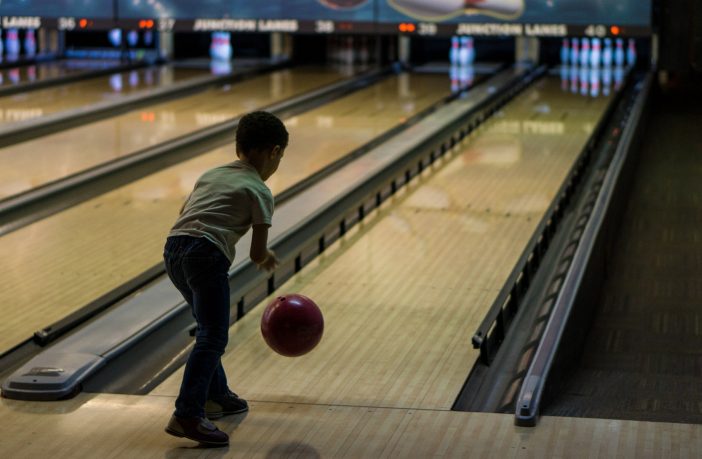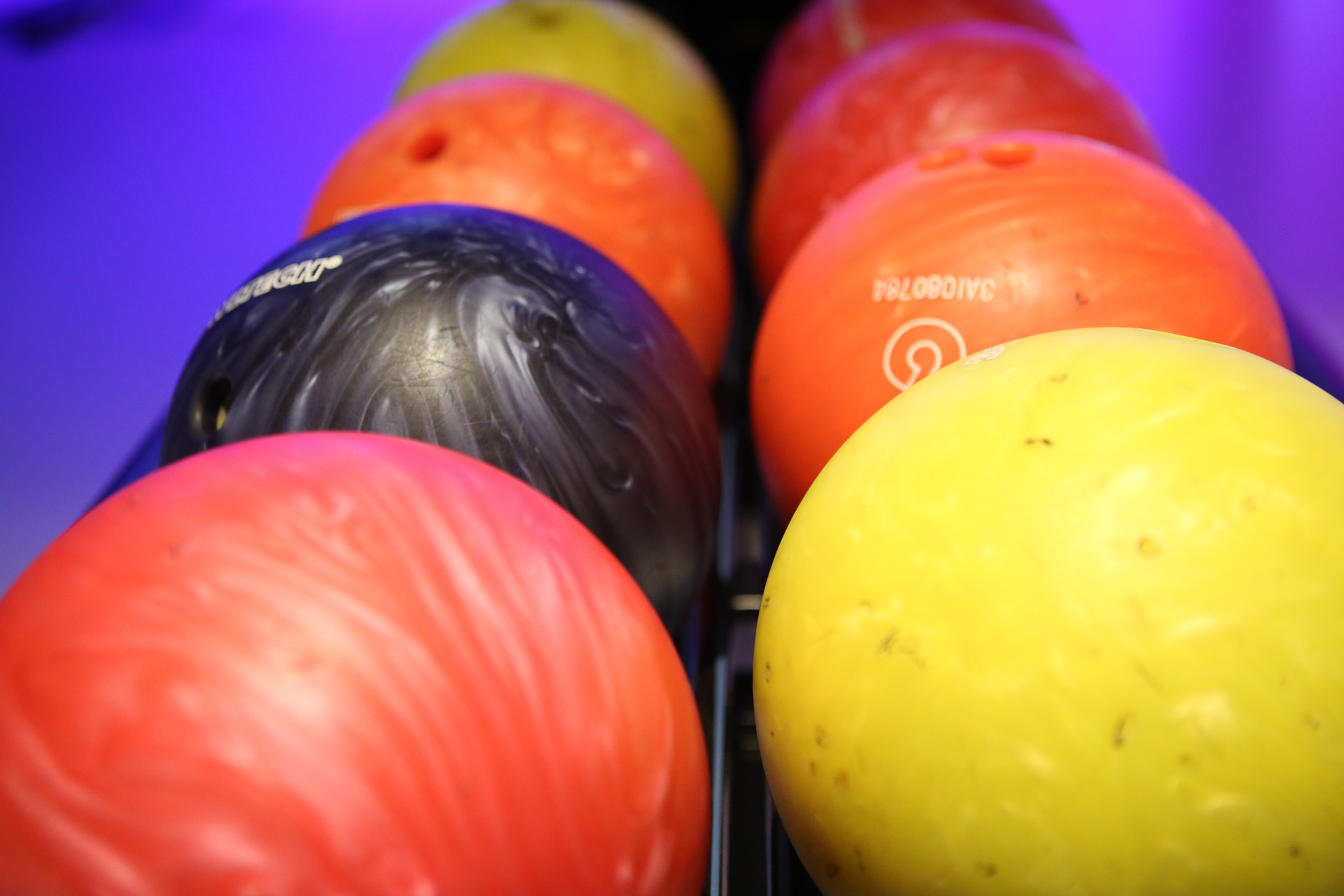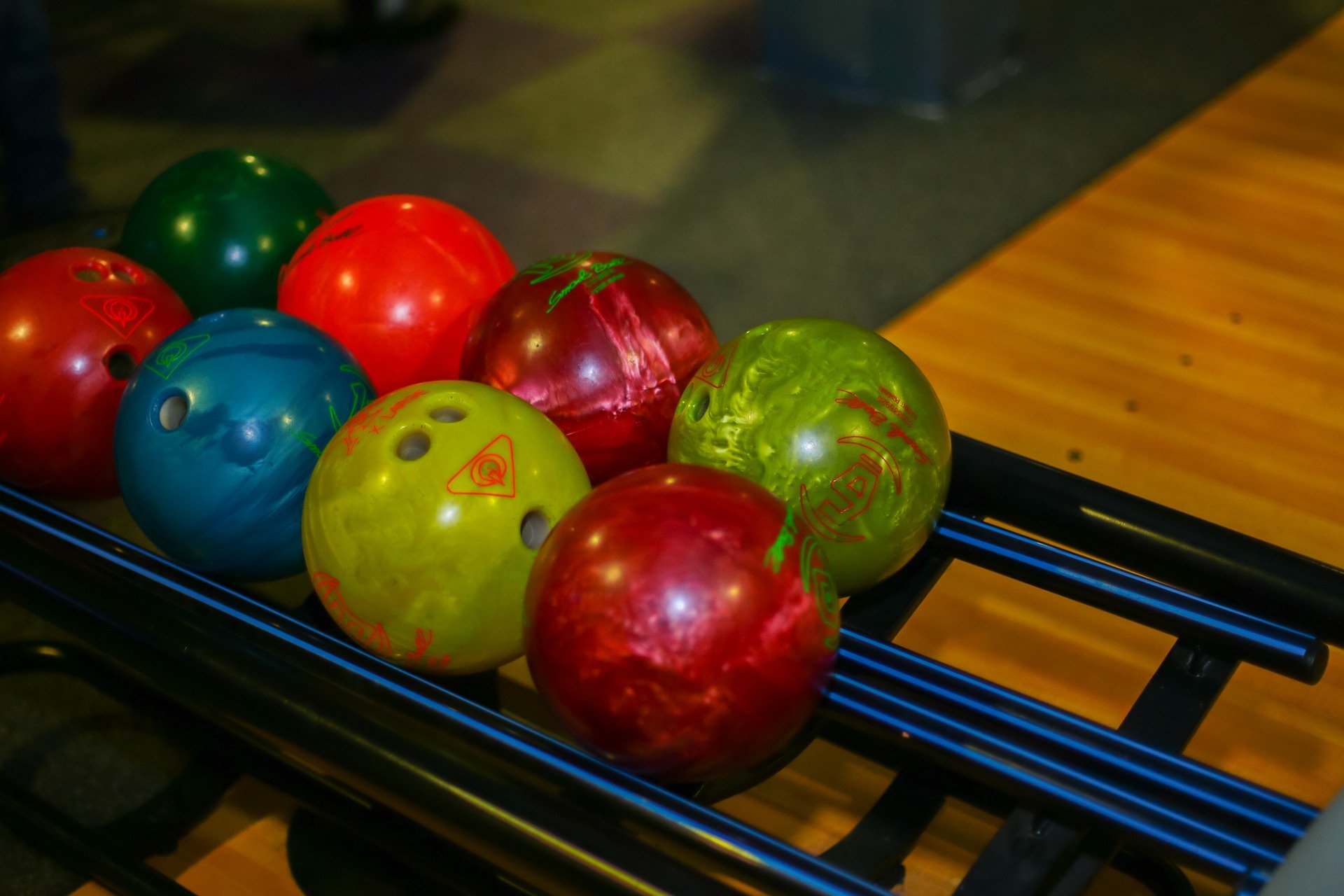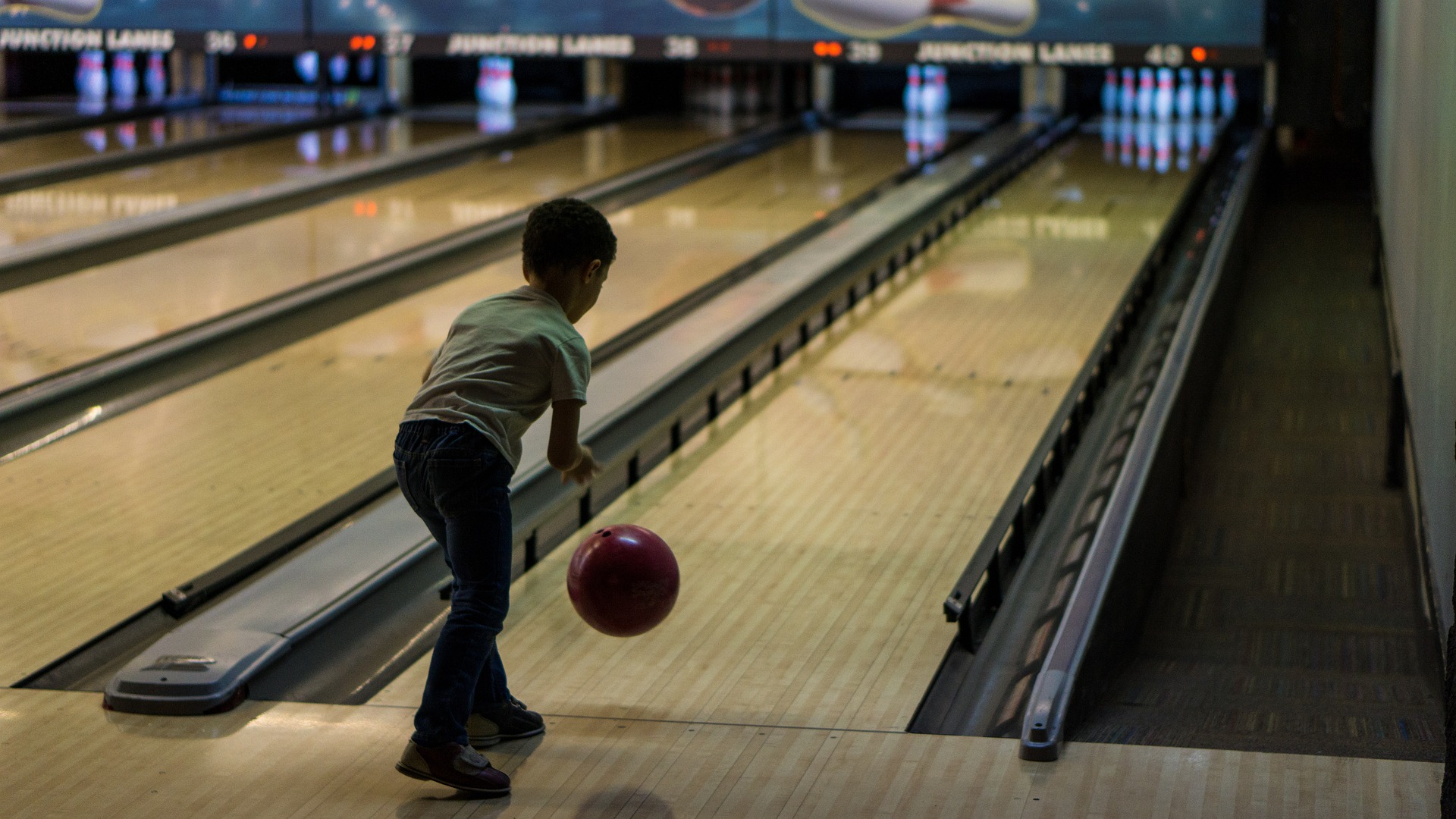I was an avid electronic dart player back in the late-80’s and into the 1990’s. I mention that only because I was reminded of a lesson I received from a very good friend of mine who was an internationally known player. We won’t go into his background, but, this was a guy that was banned from practically every electronic dart tournament in the state of Hawaii and traveled frequently to international tournaments for both steel-tip and electronic darts.
He tried to teach me how to become more accurate with my dart game and I’ll never forget this instruction, “Choc, when you are throwing your darts, you have got to aim for the exact hole that you are aiming for.” It was the most amazing bit of instruction I had gotten from anyone, regardless of what sport I had tried – “aim for the hole that you are aiming for.”
For those unfamiliar with an electronic dart board, the segments are made of many holes where the thrown dart tip can lodge themselves in when they hit the board. Each hole must be only about 1/16th of an inch wide and the board is 8 feet away from where you are standing to throw. But you know, one of his tricks to “show off” to people during exhibitions was to call the hole that he was going to hit, and he did it with more than 90% accuracy! An amazing feat to show how good he was.
Turning that thought to bowling, you will see that, when compared to aiming for that tiny hole, my “Choc-List” of things to work on for sharpening your game is not unrealistic. In these days of different oil patterns, oil carry-down, wrist positions, axis tilt, and so forth, a bowler has got to go beyond just throwing to the second arrow and hoping that the night’s lane conditions will happen to let them score higher.
1) With regard to the area that your target is at (arrows, dots, breakpoint markers), did you hit your mark? If not, which board did you actually hit? Pinpointing the exact number of boards you missed by will help you to make adjustments quickly.
2) With regard to your pocket hits, which of the strike lines that you tried worked the best. Which was flush, which left the ten pin, which went heavy?
3) With regard to the 3-pin and the 6-pin when your ball hits the pocket, did the 3-pin drive straight back, thereby pushing the 6-pin around the 10-pin? Or did it drive into the 6-pin, forcing it directly into the 10-pin?
4) With regard to the back row of pins (7-8-9-10 pins), did your ball fall back into the 9-pin (8-pin for left-handers), indicating a weak pocket hit? This is the most common cause of “ringing” 10-pins. The ball should at least drive through hitting the 5-pin and the 9-pin solidly.
On the surface, these points may sound like they will be difficult to watch for. Believe me when I say that if you start paying attention the them, you will develop the ability and sense necessary to observe them more keenly. Naturally, start out by watching for them one-by-one during your practice sessions. Later, you can transfer them to watching during your competitions.
There are two widely known facts about the perfect pocket hit. The first is that the ball itself will only come in direct contact with the 1, 3, 5, and 9 pins; and the second is that a ball entering the pocket at the 17th board will always carry a strike regardless of lane conditions. These are supported by many studies conducted by the manufacturers of bowling equipment. There is one more still being debated and that is, with regard to your positive axis point, the perfect tilt angle for a high probability strike is 6 degrees.
If they were talking about a sport, whoever quoted that old cliché, “don’t sweat the small stuff,” might never have wished to be good at whatever he was talking about. In order to get to the best point that you can be in bowling, you must pay attention to details. If you have ever experienced being, “in the zone,” you will know that feeling of being aware of seemingly everything going on with your game. You can develop your sense of awareness and attention to detail and become a better bowler.
Everybody has their own limitations and regardless of how much I tried – I used to practice many hours a day – I just could not consistently hit the 1/16th inch hole that I was aiming for on the electronic dart board. I can hit the board on the lane that I’m aiming for most of the time and watch how the pins fall when the ball hits the pins.
Beside these ways, there are several other ways to improve your accuracy as well. You can get yourself a better bowling ball, new shoes and wrist supports. All these will help you in improving your bowling game as well. You should visit https://bowlingadvisor.com/best-bowling-wrist-support/ for information on these topics.




